Medicare Part B Drug Reimbursement Program Distresses Pharmacy Players
The new Medicare drug-pricing program1 aimed at cutting reimbursement for Part B drugs will hit hospitals hardest, according to the Centers for Medicare and Medicaid Services (CMS). The drugs at issue are typically chemotherapy, ophthalmic, or rheumatoid arthritis drugs infused in a physician’s office or a hospital outpatient clinic. Medicare reimburses either the physician or the hospital—and sometimes a specialty pharmacy—under Medicare Part B. Very occasionally those drugs are paid for under the Part D outpatient drug program.
The plan has proven controversial. Oncologists have led the charge to force the CMS to backtrack, and allies, both Republican and Democrat, in Congress have sent the CMS letters of opposition and, in at least one case, introduced Republican-sponsored legislation to thwart the plan. The AARP and parts of the insurance industry are trying to stiffen the CMS’s spine.
Medicare spent $22 billion on Part B drugs in 2015. In 2007, the total payments were $11 billion; the average annual increase since 2007 has been 8.6%. This growth has been driven largely by spending on separately paid drugs in the hospital outpatient setting, which more than doubled between 2007 and 2015, from $3 billion to $8 billion, respectively. Currently, physicians and clinics receive 6% of the average sales price (ASP) of the drug as their “profit” on infusion. But in reality, that 6% margin was reduced to 4.3% because of language in the 2012 Congressional budget sequester legislation that cut federal spending in most programs.
The CMS announced a five-year test program in which the first phase will see Part B drug reimbursement changed to a payment of 2.5% of ASP plus a payment of $16.80 per drug per day. The CMS believes that some physicians and chemotherapy clinics choose more expensive drugs to infuse when less expensive, equally effective alternatives are available, with the intent of driving up their reimbursement. The second half of the CMS Part B reimbursement project will introduce “value-based” or “indication-based” payment models. That would begin in the third year of the five-year program.
Continue Reading on P & T Community
